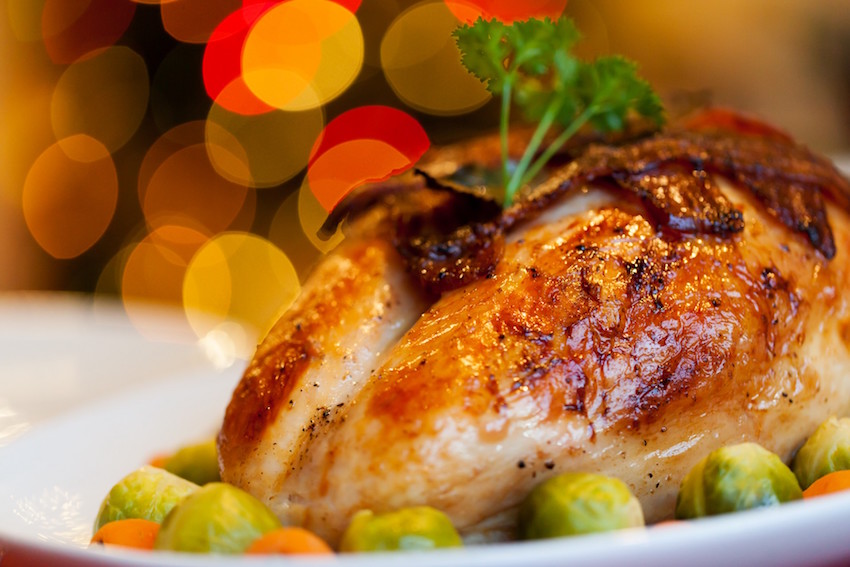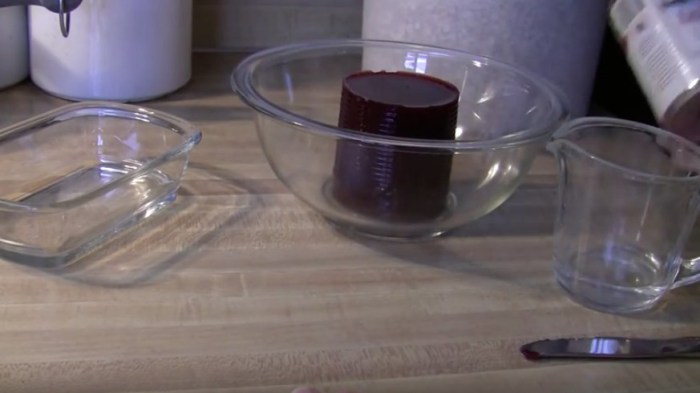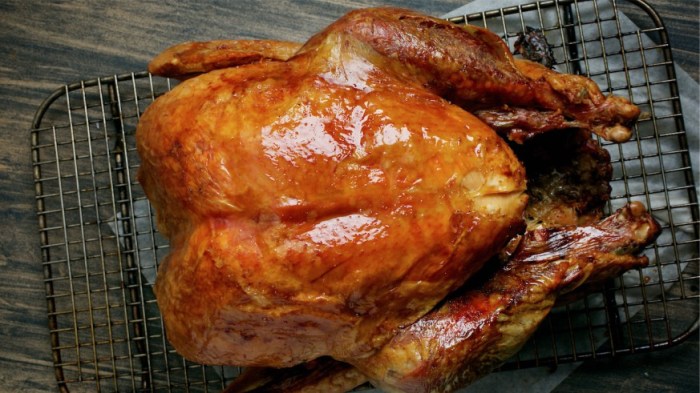Thanksgiving is a happy holiday for some as they gather around the table to break bread with friends and family. For others, it’s a stressful affair cooking for an army of hungry people. The USDA released a list of food safety tips, so the post-Thanksgiving weekend doesn’t include tummy troubles or a major case of food poisoning. “Unsafe handling and undercooking of food can lead to serious foodborne illness,” Deputy Under Secretary for Food Safety at the U.S. Department of Agriculture (USDA) Al Almanza said. “Turkeys may contain salmonella and campylobacter, harmful pathogens that are only destroyed by properly preparing and cooking the turkey. “Similarly, leaving leftovers out for too long, or not taking care to properly clean cooking and serving surfaces, can lead to other types of illness. We want to be sure that all consumers know the steps they can take and resources that are available to them to help prepare a safe and enjoyable holiday meal.” Don’t wash your bird.
Almost 70 percent of the public washed a whole turkey before cooking it, a recent food safety survey said. The USDA said it does not recommend washing raw meat and poultry before cooking it.
“Washing raw meat and poultry can cause bacteria to spread up to three feet away,” the USDA said. “Cooking (baking, broiling, boiling, frying or grilling) meat and poultry to the right temperature kills any bacteria that may be present, so washing meat and poultry is not necessary.” Thaw your turkey safely.
Three safe ways to defrost a turkey are in the refrigerator, in cold water and in the microwave. The USDA recommends using the refrigerator as it is the safest method.
It will take 24 hours for every 5 pounds of weight for a turkey to thaw in the refrigerator.
To thaw in cold water, submerge the bird in its original wrapper in cold tap water, changing the water every 30 minutes. Cold water and microwave thawing can also be used if your bird did not entirely defrost in the refrigerator. Stick a thermometer in it.
The only way to determine if a turkey (or any meat, poultry or seafood) is cooked is to check its internal temperature with a food thermometer. A whole turkey should be checked in three locations: the innermost part of the thigh, the innermost part of the wing and the thickest part of the breast. Your thermometer should register 165 degrees in all three of these places. Don’t store food outside.
If you put your leftovers outside until company leaves or run out of room in your New York City-sized refrigerator, the USDA said you should not store food outside – even if you think it’s cold enough. Not only can animals get into the food, but temperatures can vary. Think of a hot car in the summer. Temperatures inside a plastic storage container can reach the “danger zone,” more than 40 degrees, just like your automobile can turn into an oven in the summer sun. Eat or freeze your leftovers within four days.
Maybe one of the best things about Thanksgiving is the abundance of leftovers. In typical holiday fashion, all meals following include so much extra turkey and stuffing, you start to check yourself for feathers. (And don’t forget turkey soup!) The USDA recommends cutting turkey off the bone and refrigerating within two hours of coming out of the oven. After four days in the refrigerator or if you don’t plan to eat the turkey in the next few days, toss that Tom in airtight bags or containers and freeze. The USDA recommends freezing for a maximum of four months – after that, it said, the food can lose its flavor, although it should be safe to eat.
For more food safety tips, call the USDA Meat and Poultry Hotline at 1-888-MPHotline (1-888-674-6854) to talk to a food safety expert or chat live with a food safety expert at AskKaren.gov between 10 a.m. and 4 p.m. ET. Monday through Friday. For any on-the-day Thanksgiving questions, the Meat and Poultry Hotline is available from 8:00 a.m. to 2:00 p.m. ET.
Thanksgiving food safety tips: USDA

Google Commons

















